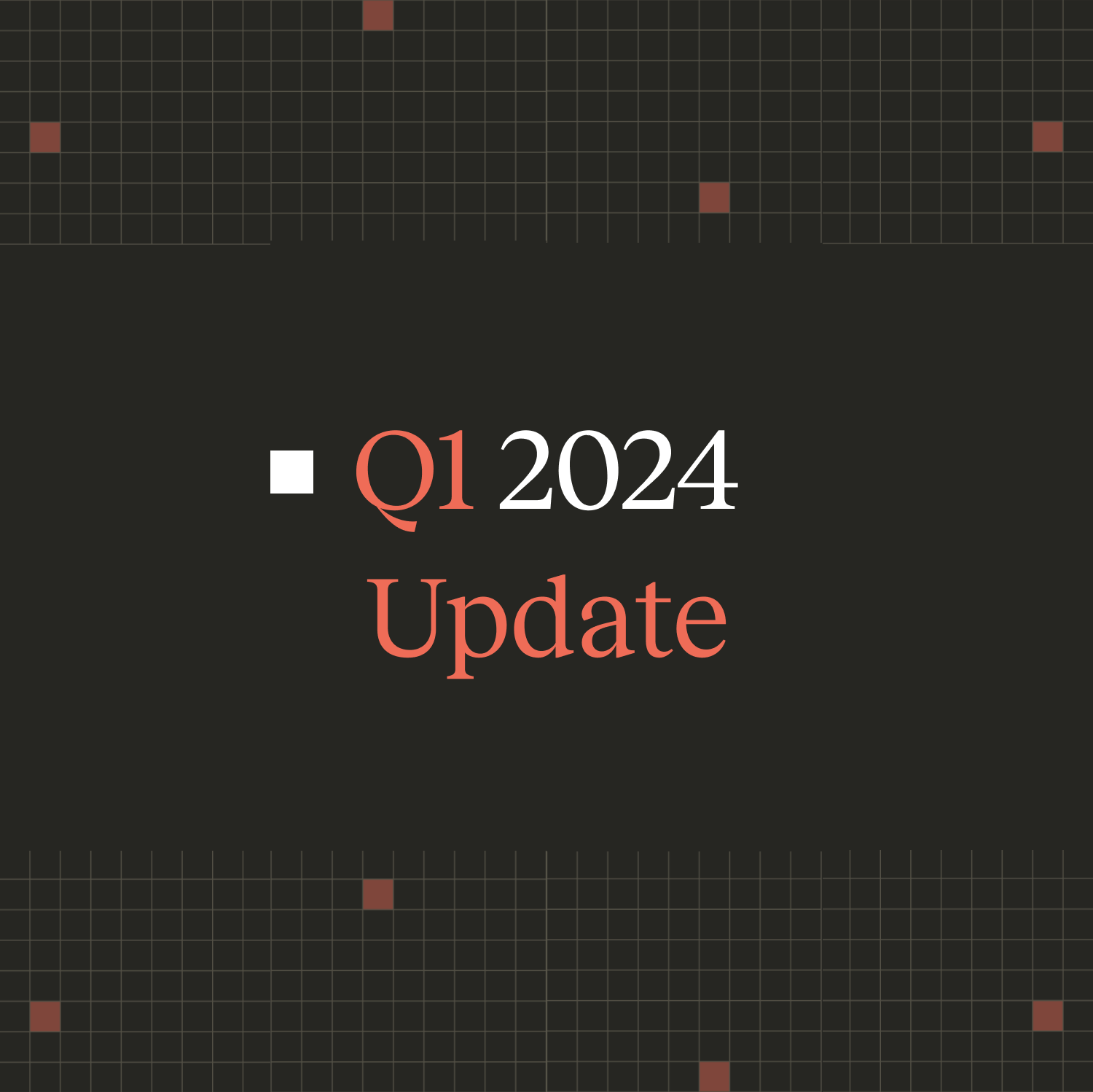Building a rapport and cadence with that partner takes effort.
That’s why we sat down with Puja Bhatt, a seasoned supply chain & operations consultant and the founder of Hello Operator, a platform connecting experienced operators with brands in need of support across all functional areas of operations.
In Part 2 of our three-part series, we dive deep with Puja into how to navigate your budding manufacturing partnership. Below, we unpack topics like:
- The importance of contracts
- How to build a solid supplier relationship
- Common mistakes to avoid when setting up manufacturing
“At the beginning of any new supplier relationship, brands are typically focused on developing their product on time and within their budget. It’s also critical to focus on establishing communication norms during this phase. This will save you time and money in the long run.”
How to build a solid supplier relationship
Now that you’ve picked your manufacturing partner, it’s time to set up the supplier relationship. According to Puja, this process entails:
- Final negotiations — Hammer out costs, terms, and lead times, and execute a contract to keep both parties aligned on what was agreed upon.
- Establishing communication norms — Going forward, will you communicate over email or WhatsApp? Will you have weekly phone calls? Is there a project tracker that should be updated ahead of every weekly call? Pick a method that works for both parties, stick with it, and iterate over time.
- Aligning on key dates — You likely have a product launch date that you’re aiming for. Make sure your supplier can hit it, and work with them to lock in target dates for key milestones along the way. Track these dates at a regular cadence with your supplier. This shows your unwavering commitment to hitting deadlines.
- Providing a forecast — Not all brands have an accurate forecast during the product development phase, and that’s okay, but be sure to provide ballpark projections as early as you can, and keep the supplier updated on any changes to these projections.
An important note on building contracts
When setting your contract with costs and terms, you should try to start with your own contract template rather than your supplier’s. The supplier’s template language will naturally be very favorable for them, but your priority is to put your business in the strongest position possible.
The supplier will likely negotiate, which means ultimately you’ll end up with a contract that is amenable to both parties.
“Making sure everything you've negotiated is included in the contract so there's absolutely zero confusion on what's been said and decided is vital to the partnership’s ultimate success.”
Avoid these common mistakes when setting up manufacturing
Puja often sees red flags in the set-up process that indicate incomplete onboarding. She outlines some of these issues below.
1. Failure to establish communication norms
Brands are initially focused on developing their product on time and within their budget so they can forget to set communication norms. You’ll be speaking to this supplier every day, multiple times a day, and if you’re not on the same page you risk costly mix-ups and wasted time down the line.
2. No product forecast provided
Even if you don’t have an accurate forecast, giving the supplier your ballpark projections allows them to set you up for success by way of raw material sourcing and capacity allocation.
If your launch is more successful than anticipated, your supplier should have safety stock of raw materials and spare capacity to quickly scale production.
3. Failure to sign a contract
You’ll likely go through weeks of negotiations with your supplier to get on the same page regarding costs, terms, lead times, etc.
When companies fail to draw up a contract, there can be confusion about what was negotiated, leading to inconsistent expectations and confusion.
4. Inadequate quality control systems
Brands must be set up to provide robust QC at every level including inspecting raw materials as they come in, checking product on the line, and assessing final products.
You need to know how the manufacturer handles issues. How quickly will they communicate with you to resolve the problem? The more downtime there is in this communication process, the more costly it will be for your brand.
“Understanding your manufacturing partner’s quality control systems and their exact path of resolution from the get-go is super important to your brand success.”
Finally, read on to Part 3 for insights on how to get your goods to customers!
























